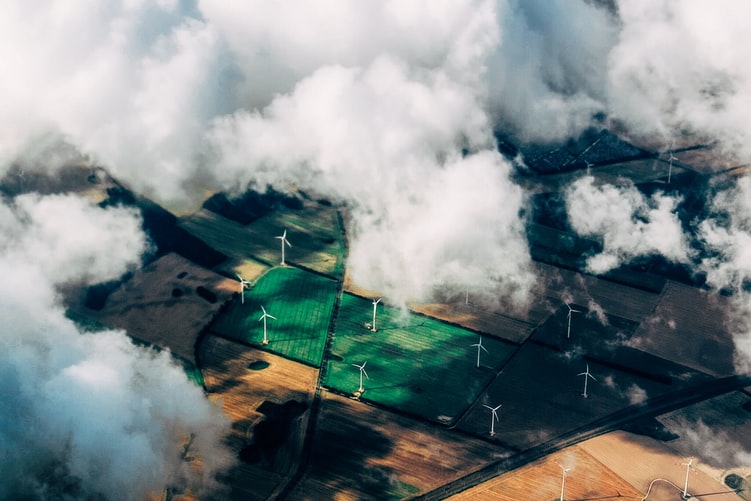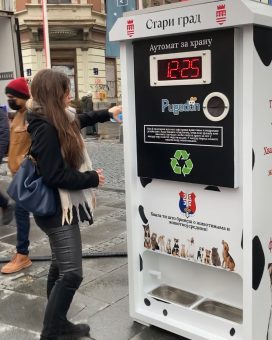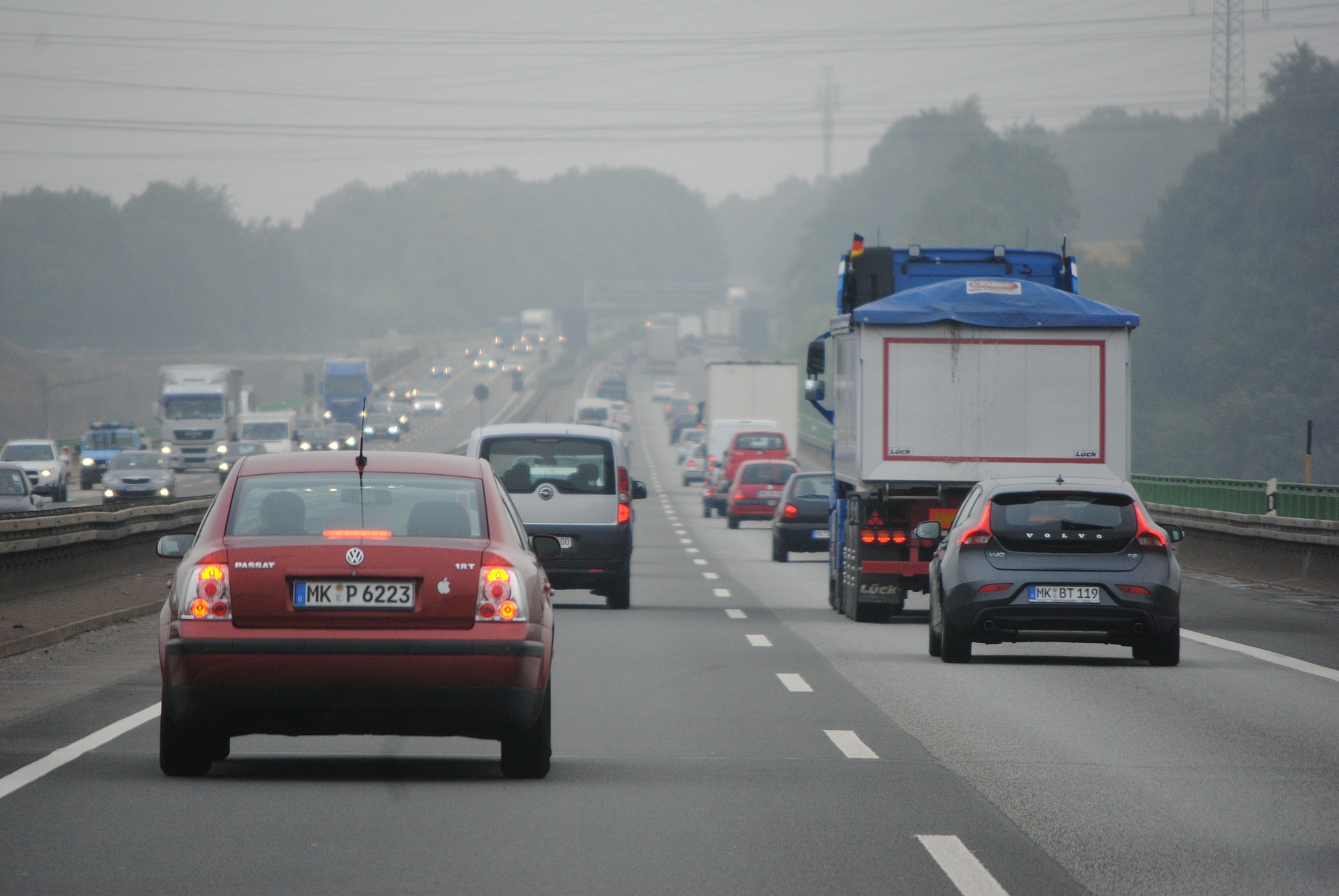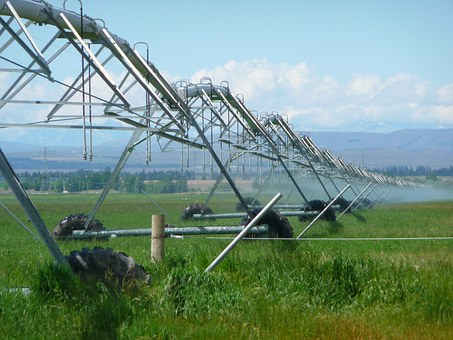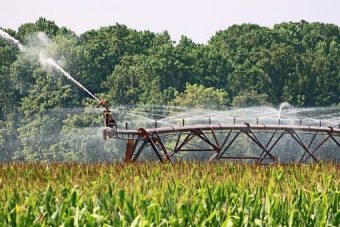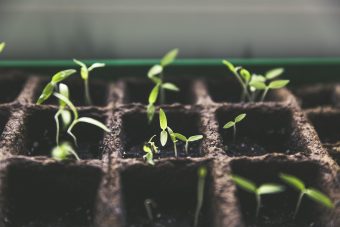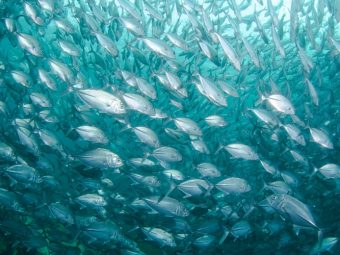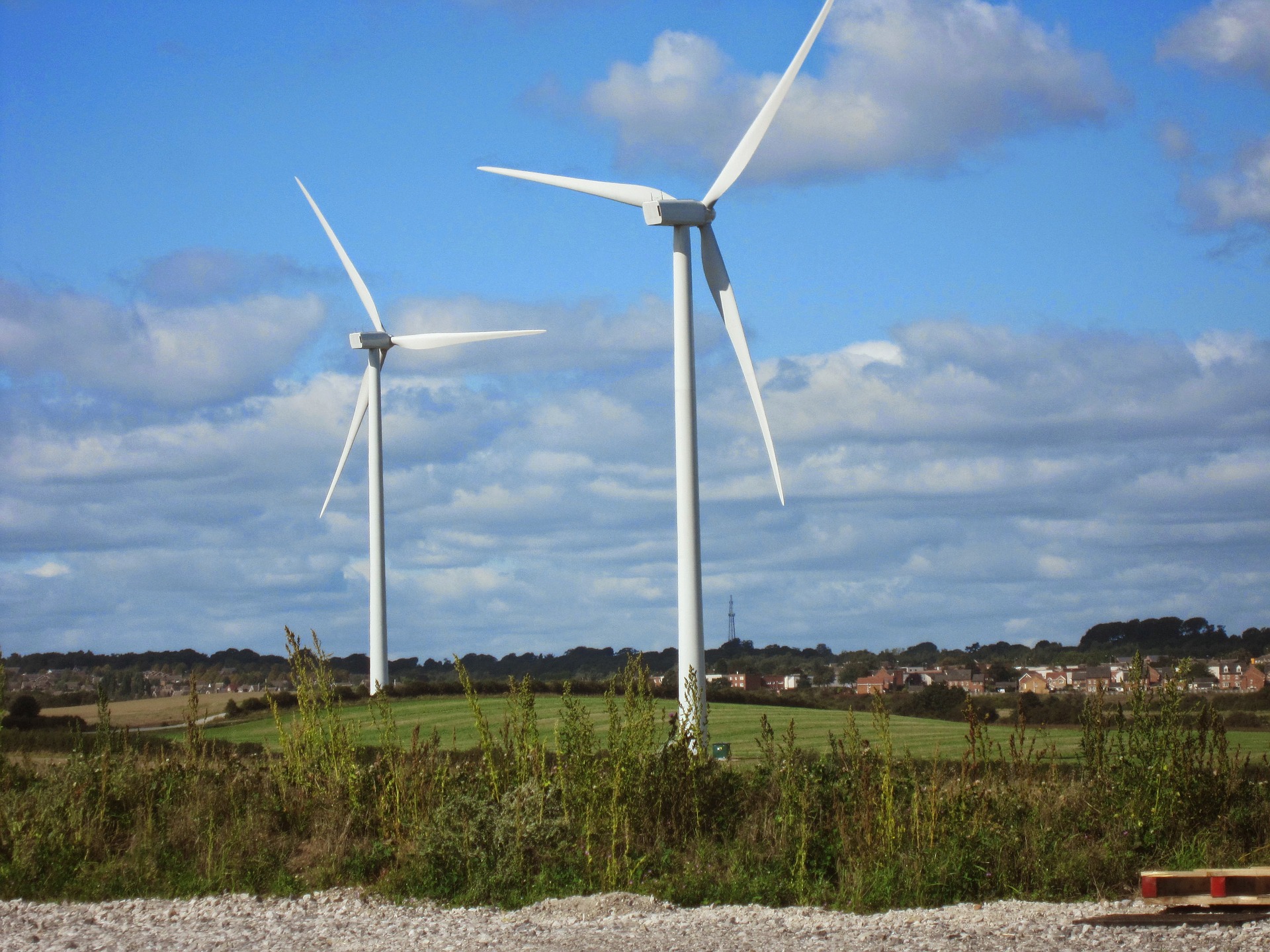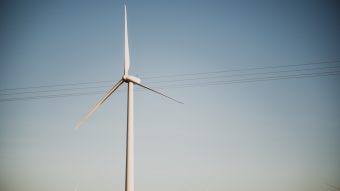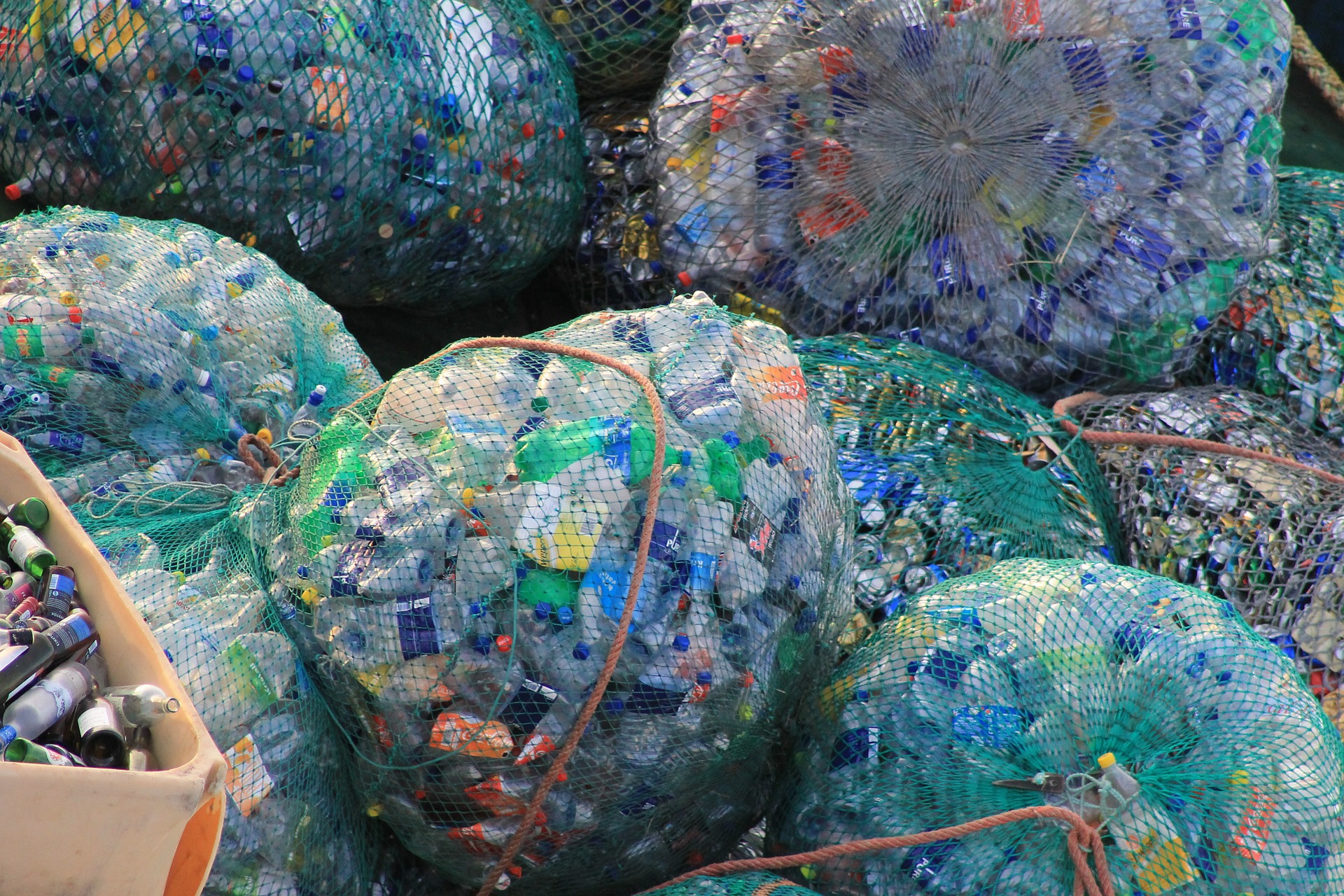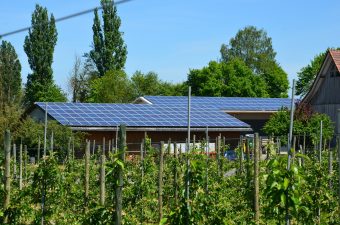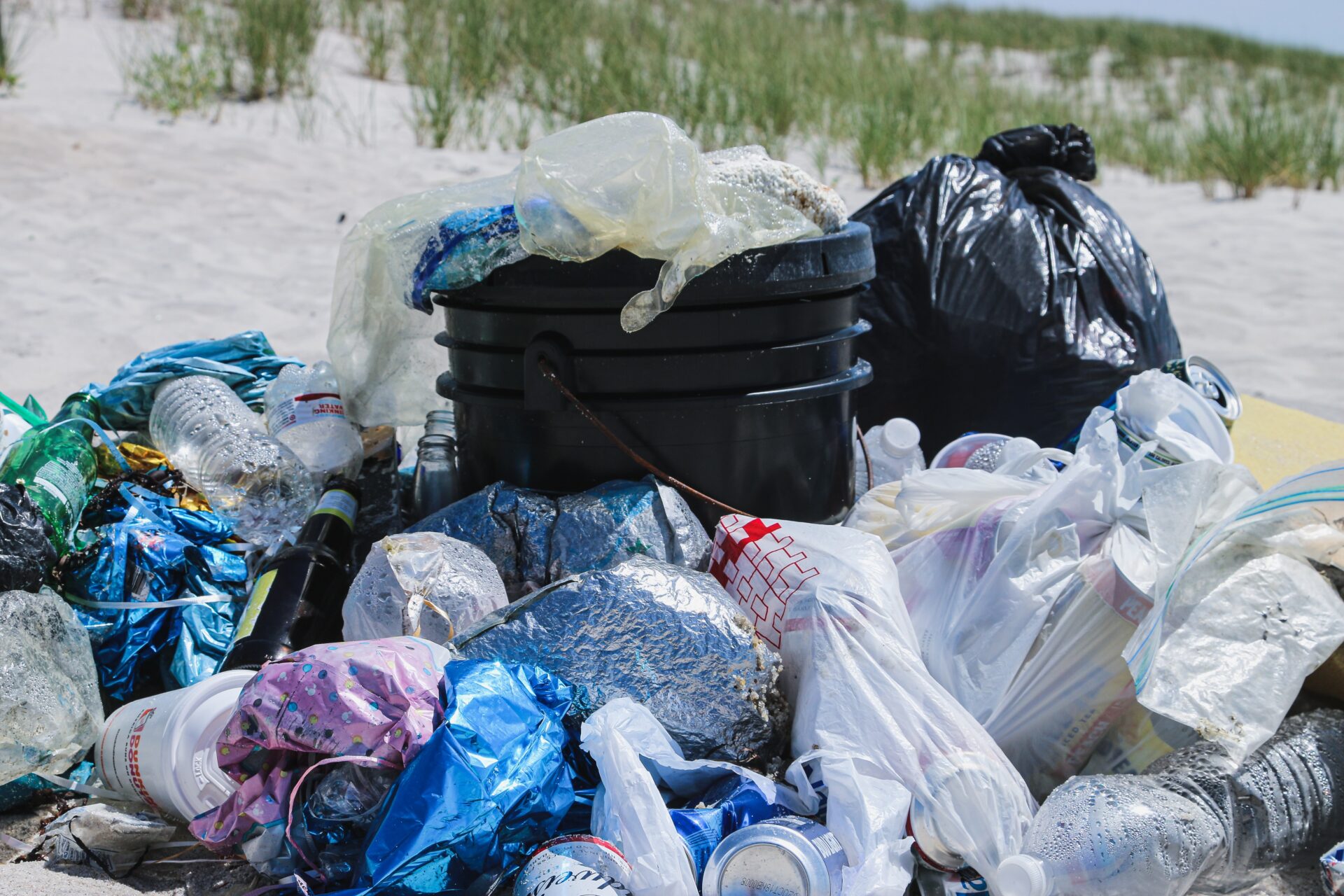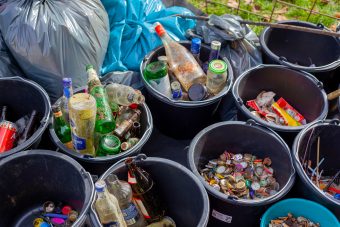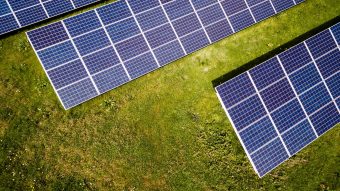
The Association Renewable Energy Sources of Serbia (RES Serbia) and the Serbian Energy Law Association (UPES) on 28 December 2021, at the premises of the law firm BDK Attorneys at Law, signed a Memorandum of Cooperation.
By signing this Memorandum of Cooperation, RES Serbia and UPES have formally and legally established co-operation that already exists in practice. Representatives of these associations have expressed their intentions to continue this co-operation in all areas of energy, especially in the area of renewable energy sources.
RES Serbia manager Danijela Isailovic noted on this occasion: “I am extremely pleased that the first, very successful year of existence, we end up with the signing of the Memorandum of Cooperation with UPES, bearing in mind that UPES is the first association that provide collegial support to RES Serbia after its founding.
UPES is an association of fantastic individuals, renowned lawyers in the world of energy. Many of them, as representatives of their law offices or companies, are members of RES Serbia. We believe that with UPES we will have a lot of joint activities in the future, primarily in order to improve the legislative framework, exchange of knowledge and experience, as well as in organizing joint events.”
More:
Also, UPES President Dr Branislava Lepotic Kovacevic said that co-operation between the two associations is a natural process because the realization of projects in the field of renewable energy sources depends also on the legal framework.
This area is the subject of UPES activities and research. Regulatory and legal framework in the field of renewable energy sources in the Republic of Serbia in 2021 was significantly aligned with the development of European and international practice. Such framework allows action against climate change. Now further cooperation between the two associations can continue in the process of development of a commercial legal framework in this area.
Source: RES Serbia


